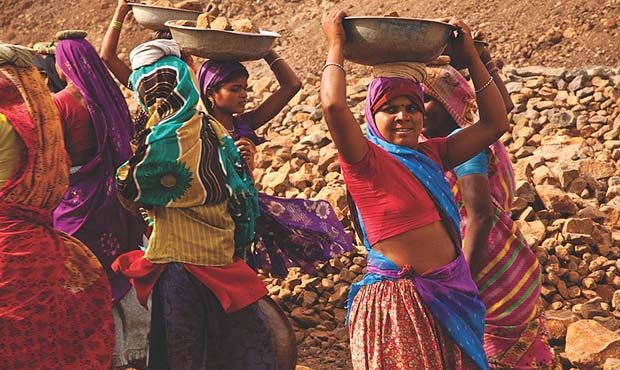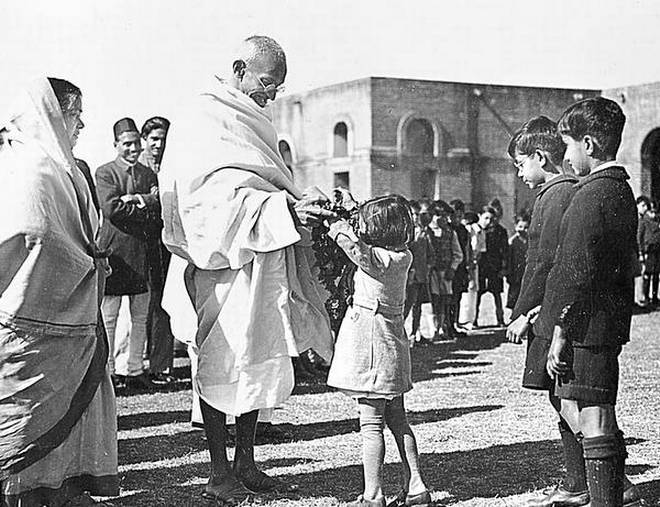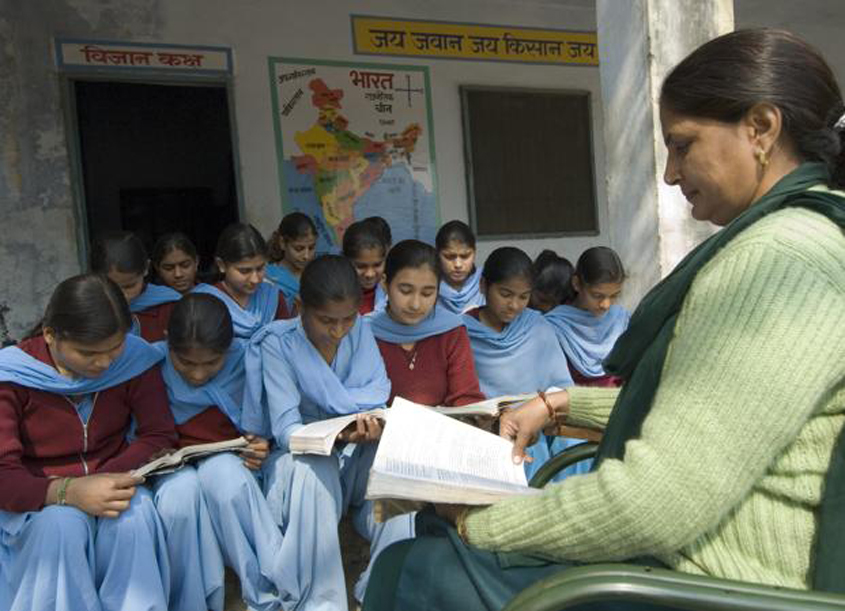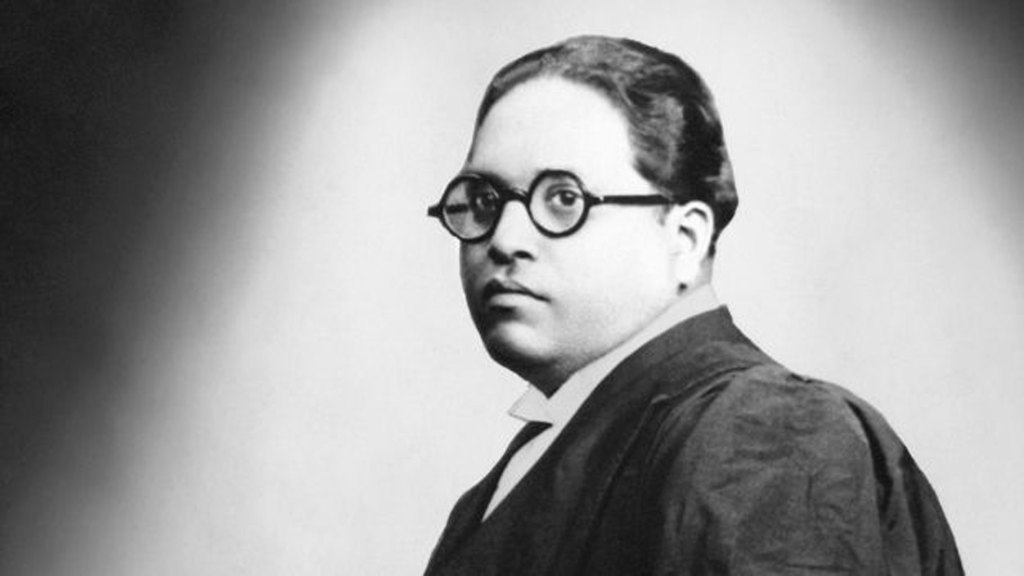UNION BUDGET 2018
The Union Budget has come up with two schemes to apparently revolutionise healthcare for the poor and marginalised. Given the present scenario and the innumerable challenges it poses, it remains to be seen whether there is any possibility of deliverance transcending the promises of the establishment.

The Union Budget has been recently announced and like every year this time around too there is much discussion and deliberation about the kind of implications that its various facets will have for society at large. Education and healthcare are two such domains of every budget that have the potential in them to either positively impact society or make conditions extremely hostile for the common masses. This year the Budget has projected Health to be the biggest winner and therefore the sector that has received central focus.
However, when one carefully scrutinises this issue what one finds out is the fact that in reality there is nothing much to be happy about in this budget at least as far as healthcare is concerned. The Budget at least as far as healthcare is concerned goes on to show the complete lack of future vision on the part of the ruling establishment and a complete lack of sincerity towards the ideal of equal healthcare for all. The speech delivered by the Finance Minister highlights the fact that there are two main kinds of interventions that have been introduced this year.
The first is the establishment of health and wellness centres that will make healthcare systems accessible to local areas and homes of people. And the second intervention is the flagship National Health Protection Scheme that will cover about 10 crore disadvantaged and poor families and provide the, a coverage of 5 lakh rupees per family/per year for all kinds of secondary and tertiary hospitalisation and care. The second aspect of the Budget that focuses on Health Coverage for the poor has captured national interest and is projected to be something revolutionary and unprecedented.
However, what must be immediately acknowledged is the fact that neither of the two promises made by the Union Budget this year, is new and neither is it likely to radically improve out-of-pocket expenses for the poor. Considering the hype that is being made around the Budget, it almost seems as if there is going to be a major investment in this sector to boost it.
However, it must be remembered that the allocation for the Department of Health and Family Welfare for 2018-19 is Rs 52,800 and the increase is only by 2.5% when compared to last year.Thus in actual practice and as a percentage of GDP, there is a decline in the health budget this year. To achieve the whooping target of 1.5 lakh health and wellness centres, the finance minister has allocated a grand sum of Rs 1,200 crore for this flagship programme. The estimate means that Rs 80,000 will ideally be allocated to every sub-centre and this is by no means sufficient to fulfil the purpose.
Also, let us recall that this can by no means called a new effort and this has already been announced as part of the 2017 Budget Speech also. It is further ironic that the progress from these health schemes of the year gone by have not been reported and neither are people on the grounds clear about what these schemes have to offer. Today a visit to most sub-centres would reveal poor infrastructural facilities, lack of equipped and trained staff and most importantly shortage of important drugs and medicines. According to the rural health statistics released by the health ministry, out of the 1,56,231 sub-centres, only 17,204 (11%) met the Indian Public Health Standards as on March 31, 2017. Note that 20% of the sub-centres do not even have regular water supply and 23% are functioning without electricity. Over 6,000 sub-centres do not have an ANM/health worker (female) and almost one lakh centres do not have a health worker (male).
There are 4,243 centres without either a male or a female worker. It would not be wrong to say that in order to improve the condition of these sub-centres and accord them the status of health and wellness centres there at least have to be basic standards and facilities. Given the present scenario, and the limited funds it seems impossible to achieve the targets.As we said earlier, in the previous Budget speech there was an announcement about the healthcare protection scheme that was supposed to provide coverage of Rs 1 Lakh to a family in the rural areas per year.
Two years after this announcement was made, the Rashtriya Swasthya Bima Yojana cover remains Rs 30,000 per year and now there is the promise of uplifting it to Rs 5 lakh!These figures compel us to doubt the credibility of these announcements.This year the Budget also claimed that there is a change from 3% education cess to 4% ‘health and education cess’, and it is estimated that this would bring in an additional Rs 11,000 crore into the present scene. Now we must understand the fact that even if by any stretch of imagination 25% of this additional amount entered into the health sector, we should have at least seen an increase of Rs 2,750 crore in the health budget.
However, in reality we can see there is an increase of only Rs 1,250 crore this year. What this means is that the ruling establishment is trying to pool out more money from the middle classes in the name of healthcare for the poor shelving off its own responsibilities, this has also meant enhanced profits for the corporate sector. Given this grim situation and a hoax of elaborate promises, it is really doubtful whom these skills are likely to benefit.
The New Leam has no external source of funding. For retaining its uniqueness, its high quality, its distinctive philosophy we wish to reduce the degree of dependence on corporate funding. We believe that if individuals like you come forward and SUPPORT THIS ENDEAVOR can make the magazine self-reliant in a very innovative way.














